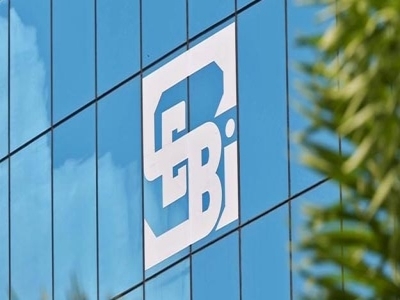The concept of swing pricing will soon be implemented in debt funds. SEBI has issued a framework which will come into effect from March 1, 2022.
Swing pricing is adjustment of NAV such that if outflow is higher than pre-determined level, the NAV goes down for investors redeeming MF units. Similarly, the NAV price goes up if investors invest more than pre-determined level.
The move aims to discourage short term traders and protects the interest of existing investors especially during difficult times like market dislocation.
Initially, the swing pricing framework will be applicable only during net outflow scenarios.
SEBI has opted for a hybrid framework wherein a partial swing will be applicable during normal times and a full swing will come into force during market dislocation times.
How partial swing will work
- SEBI has asked AMFI to issue guidelines explaining when an AMC can apply partial swing pricing
- Beyond the AMFI guidelines, AMCs can have their own parameters. They can decide when to apply swing pricing and the quantum
- AMCs will have to disclose the parameters in their Scheme Information Document (SID)
How full swing will work
- SEBI has asked recommendation from AMFI on determination of 'market dislocation' scenario in the market. The regulator will issue the final guidelines
- The full swing pricing mechanism will be applicable only for open-ended debt schemes, which fall in the 'High' or 'Very High' range in risk-o-meter. Schemes which classify themselves in the cells A-III, B-II, B-III, C-I, C-II and C-III of Potential Risk Class (PRC) Matrix will also fall under the full swing mechanism
The minimum applicable swing factor will be determined from the following table:

Other important points:
- The framework will not be applicable on overnight funds, gilt funds and gilt with 10-year maturity funds
- Both incoming and outgoing investors will get adjusted NAV when swing pricing gets triggered
- AMCs have to come out with clear information on swing pricing in their SIDs
- Redemptions of up to Rs.2 lakh from each scheme will be exempted from the swing rule
- AMFI has to come out with broad parameters within 3 months





